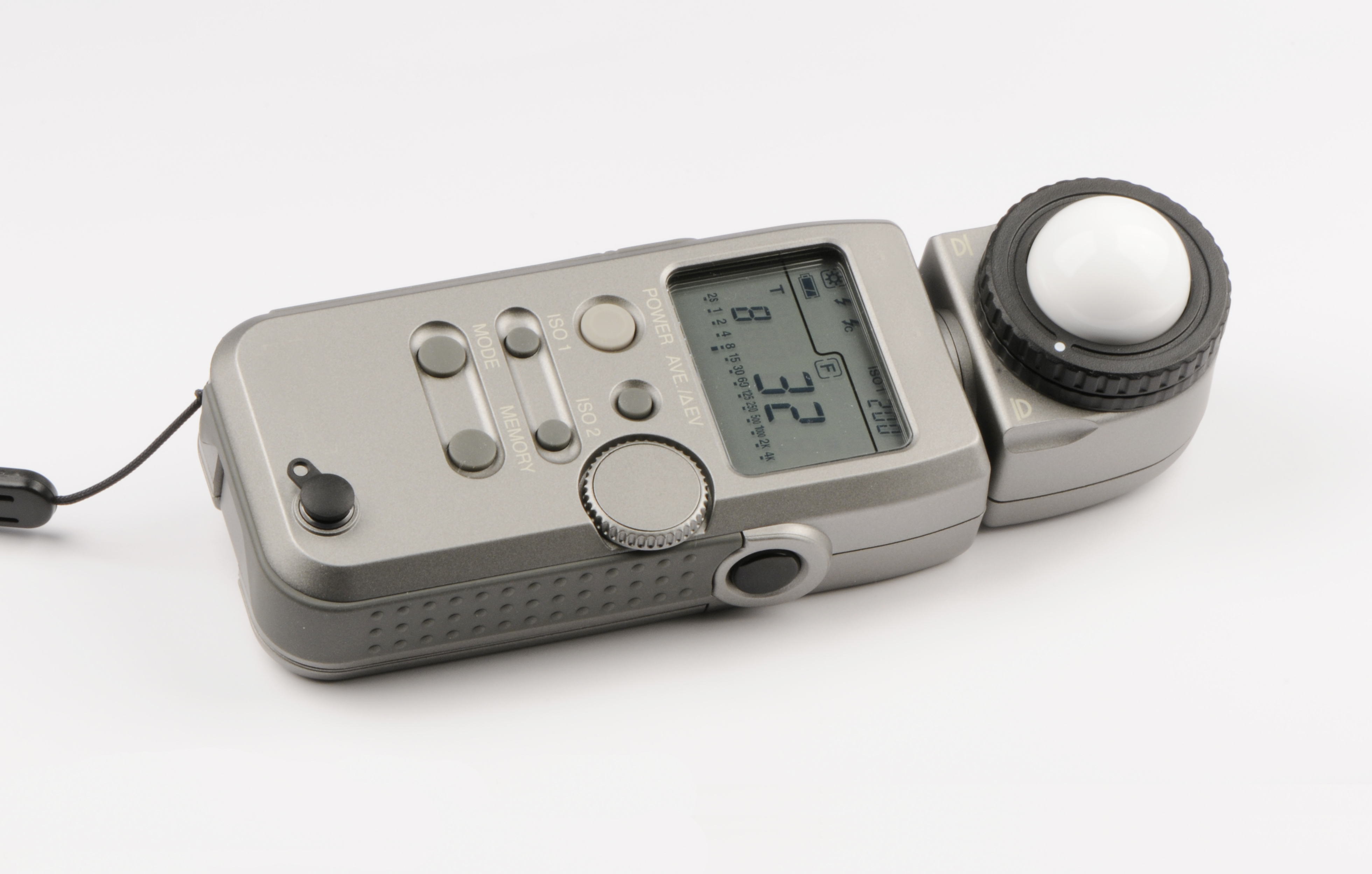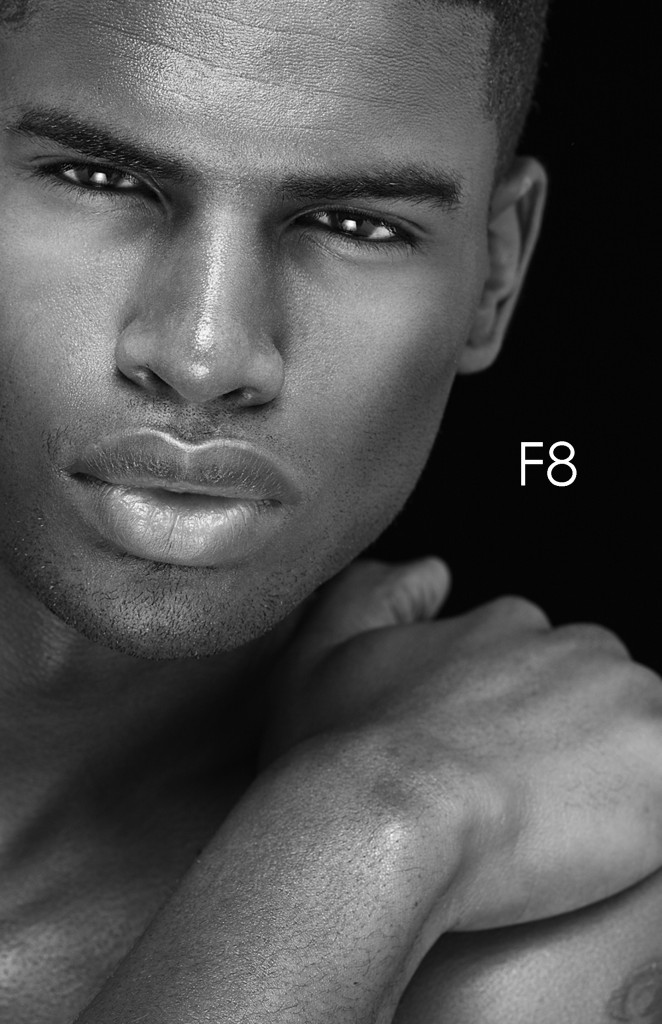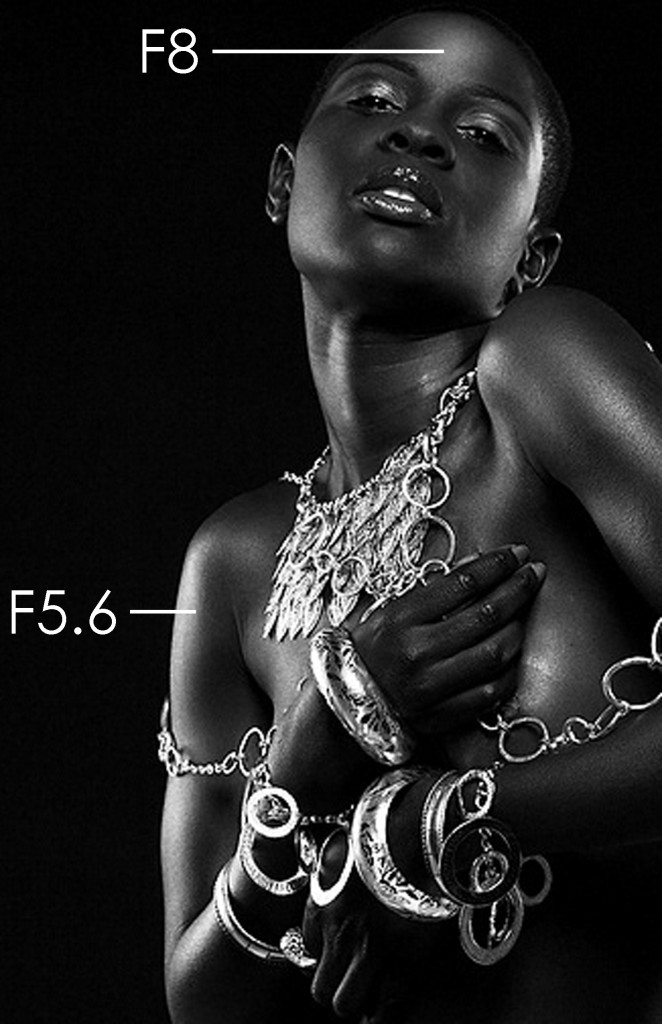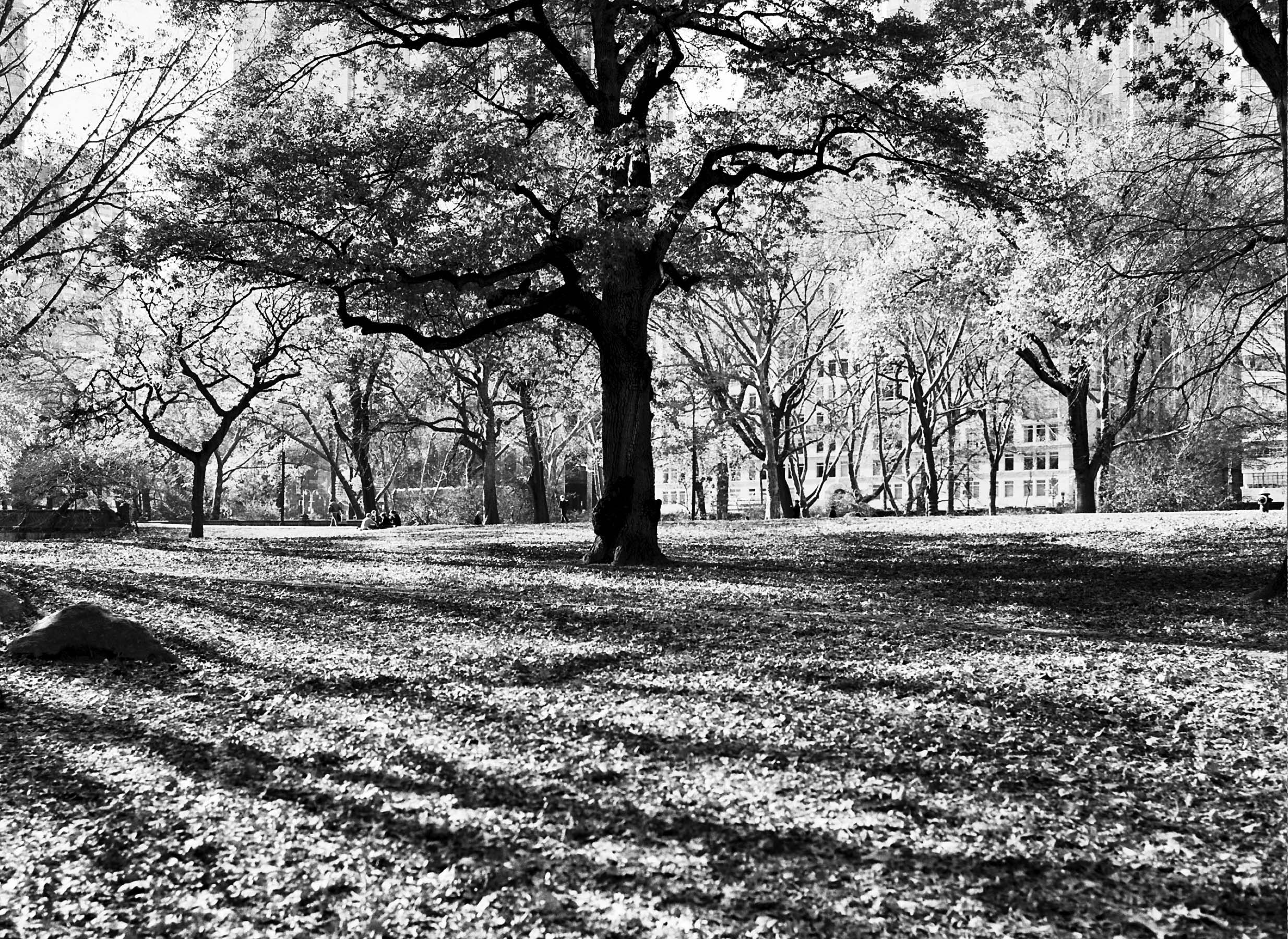When I first embarked on this journey of professional photography, this is what my mentor said to me when I purchased my first professional camera: “There are three items you need to purchase when you buy your camera: (a) a 50mm prime lens; (b) a 5 in 1 reflector; and most important (c) a light meter.” If nothing else, this was the most important lesson that I ever received. Even to this day, if someone wishes to get into professional photography, I will give them the same information.
The 50mm lens is undoubtedly one of the most versatile lenses that will exist in your arsenal. From shooting wonderful ¾ portraits to full body fashion, this lens will be worth its weight in gold. With full sensors on 35mm bodies, this lens takes advantage of the sensor size without dealing with any crop factor issues.
While most neophytes run into any large camera outlet and spend thousands of dollars on lighting equipment, modifiers and pocket wizards, without any true understanding of how light works, purchasing a 5 in 1 reflector will undoubtedly teach them far more in the beginning than any strobe can. With the best strobe in the world (sun) at your fingertips, using the 5 in 1 will be far more advantageous for the beginning photographer. You have the biggest, brightest strobe at your fingertips and most of all, it’s free.
The last item on this list is the illustrious light meter. With the advent of digital photography, the reading of the peaks and valleys of the histogram and lastly, being able to view the LCD, it appears as if the light meter is falling to the way side as a valuable tool in photography, hence the reason for this blog.
Or is it? There are two decisive camps here and staunch believers on both sides regarding the importance, or the uselessness of this trusty little device. There is nothing more unprofessional than chimping lights while the client is there. I can move my lights around to make my adjustments. Too bright? Turn it down? Not bright enough? Move it closer. I can tweak and tweak and tweak until I get it “right”. And if I can’t get it right, I will just fix it in post. Coining one of the most popular phrases on the internet today I have to say “ain’t nobody got time for that.”
I am quite old school and I come from the world of film. It is far too expensive to be wasting film on ruined images because my lighting was incorrect and I did not know beforehand. While histograms and LCDs are great tools to work with, so is the use of a light meter. It removes the guess work. It allows me to control exactly what is going on within my photograph as it pertains to light. I want to control my Fstop, I want to control my ratios. I want to control what my finished image is going to look like. The most important thing about being a professional photographer is knowing what your image is going to look like even before you pick up the camera. Pre-visualize your image and then work accordingly to achieve it. Walking into a studio without any idea of what you want to achieve is akin to Gordon Ramsey walking into the kitchen and saying “hmmmm… which pan will I use today to cook these eggs?”
Understand something that is very important when it comes to lighting and making decisions on lighting. You control the image.
Do I use a light meter all the time? No, but I do about 90% of the time. Once you’ve worked with your lights repeatedly, you will instinctively know where F8 is when you use a particular modifier and you have it at a particular distance away from your subject. I am at a point that I can listen to the “pop” of my strobes and know if my lighting is spot on to what I am trying to achieve. However, there are times where a light meter is immeasurably useful:
- When shooting in a new location and not knowing the characteristics of the space;
- When shooting with a multi light set up. When I want ratios to fall within a particular realm;
- When using an unfamiliar lighting brand or modifier;
- When I am mixing ambient with strobe; and lastly
- When I am shooting film.
Is a light meter needed? No. If you work in a space that has no changes, if you work with your lights over and over again and understand the characteristics of your light, then no, because once you discovered F8, it will never change. While this blog isn’t about how to use a light meter (please refer to Youtube for that information), I do discuss why I may use one.
Lots of times I’ve seen photographers set up a light, fire it and whatever the light meter reads, they adjust their camera accordingly. I, however, work quite the opposite. I first determine what I want the image to look like, right down to the Depth of Field. I say to myself: “I want this image to be at F4.5” and I make my adjustments to my lights accordingly using my trusty light meter. I may want to light an image at F8, however, I want the rim light on the subject to be at 5.6. While others maybe able to eyeball it and get it the way they want, I rely on my light meter every single time. My lighting is deliberate and in order for it to be deliberate, I have to be deliberate in my lighting. Is there a right way or wrong way to light a photograph? No, however, there is a more efficient way.
Light Is Light.










Leave A Comment
You must be logged in to post a comment.